Ziyan ahamad is an Yung 2D Animator & cartoonist from kerala. Here is an short brief about, how he creates his works.
A day in an animator’s life is certainly a day full of artistic expression, as the core of an animator’s work is to animate. Animating can mean drawing, painting, modeling, and even simple brainstorming over a new concept. This is certainly a dream job for many people, but it’s definitely not all fun and games at every turn.
Most animators work for larger production companies. These companies work in a very competitive industry in which timelines are essential. As such, animators themselves must often work under some pressure of time constraints. Aside from this potential downside to the job, however, the only other difficulty for some is the innate requirement of patience. Animators must have the patience to see through often tedious and repetitious animating tasks to a compiled, eventual end product.
The actual tasks and activities animators tackle each day represent smaller components to a larger product. A full-length television cartoon, for example, may take numerous animators many hours to complete, with smaller components being completed every day. Eventually, all of the individual animations are compiled, some editing work may ensue for the final touches, and there is then a viewable cartoon.
Tools and Methods
Animators of yesteryear were limited in their tools and methods, but today, this has all changed. Animators now abound with tools and methods, much due to progress in computer and film-making technologies. For those interested in a close look at some tools and methods of the trade today, here are a few important ones. Adobe animate , motion graphics, krita, clip studio paint, flipaclip.
Hardware:supportable tablet or graphic tablet
2D Drawn Animations
Two-dimensional hand drawing is what most people think of in terms of animation. 2D hand drawn methods are still a core method in modern animation today. Here, page after page of hand-drawn animations are compiled. Eventually they are put together to form a movable, playable animation product. Today, this usually involves scanning the images into a computer for further processing into the final product.
Two-dimensional computer animation is much like 2D hand drawing but with a few subtle differences. Here, animators use digital drawing utensils to animate directly on-screen on a computer. The process still involves many repetitions of similar animations and scenes that must later be compiled but all in digital form.
Stop-Frame Animation
In stop-frame animation, the animator must create individual frames using individual photos of 3D props and items. Essentially, a scene is created using 3D media, it is then photographed and then rebuilt, subtly or even drastically, for the next photographed frame. The frames are all combined later into a final product whether it be a movie, a cartoon, television commercial, or some other product entirely.
A typical day here involves satisfying time goals, the application of personal creativity, and some very rewarding, final products for so many

 Dark Mode
Dark Mode 

 No fees, cancel anytime
No fees, cancel anytime 


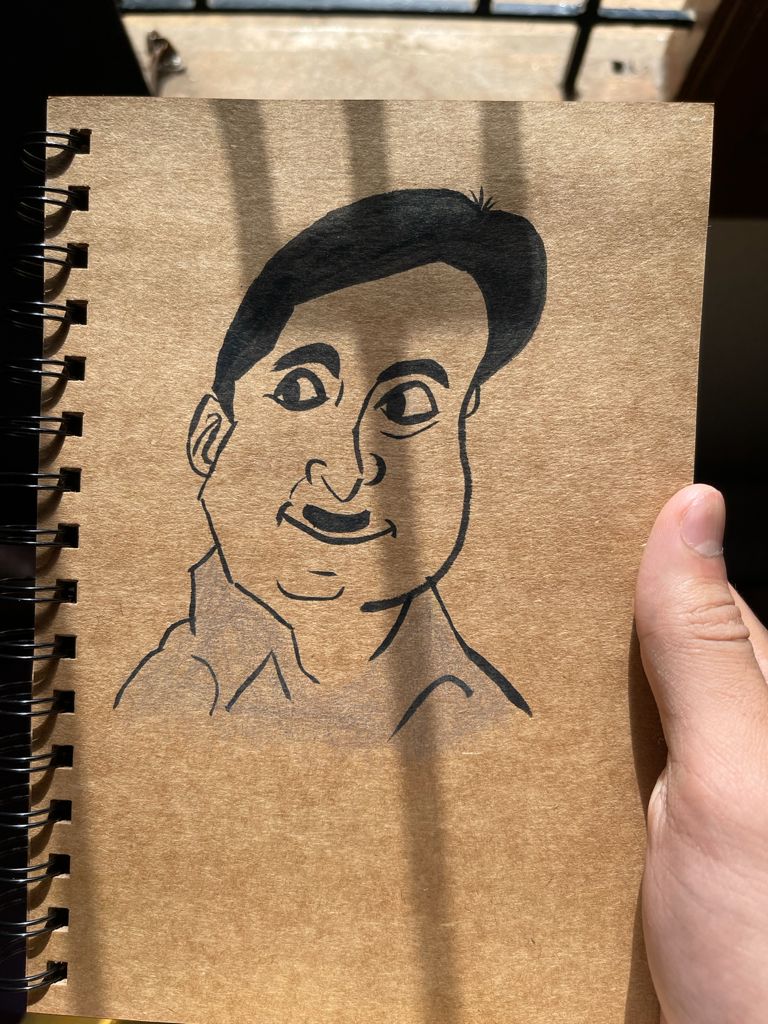
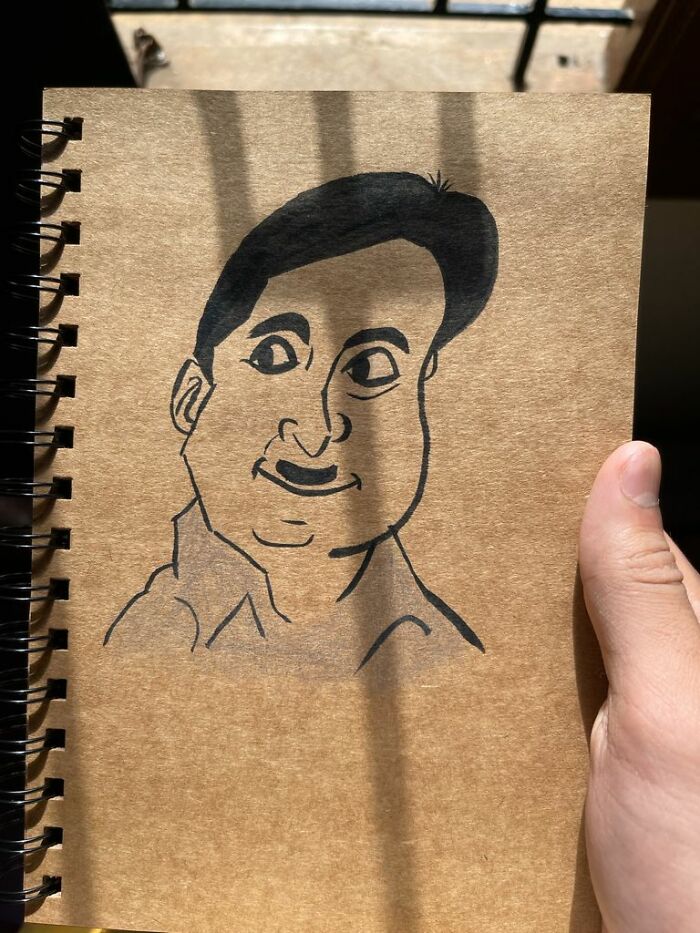
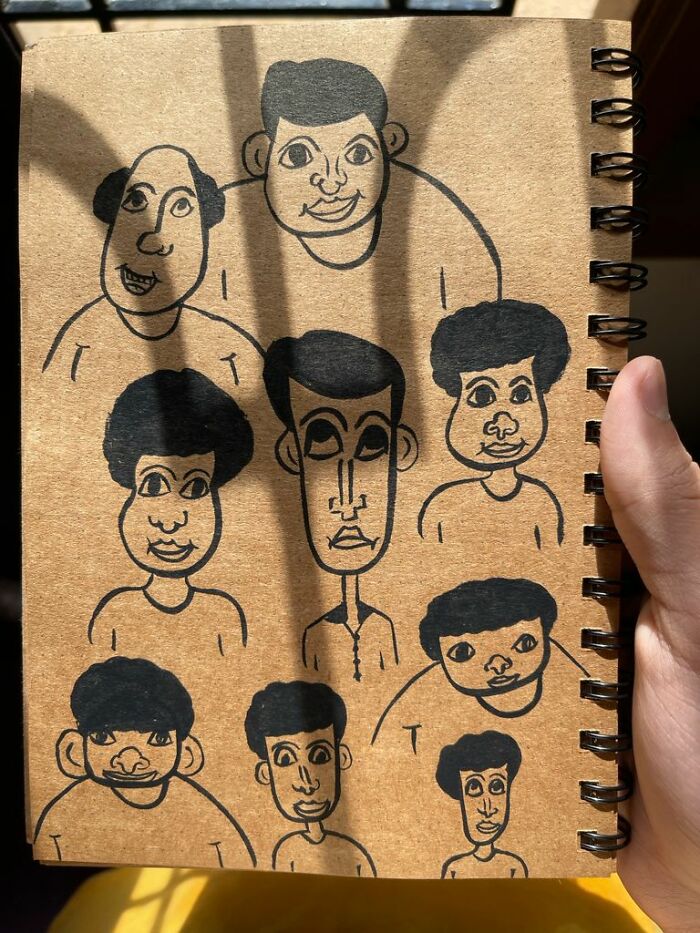
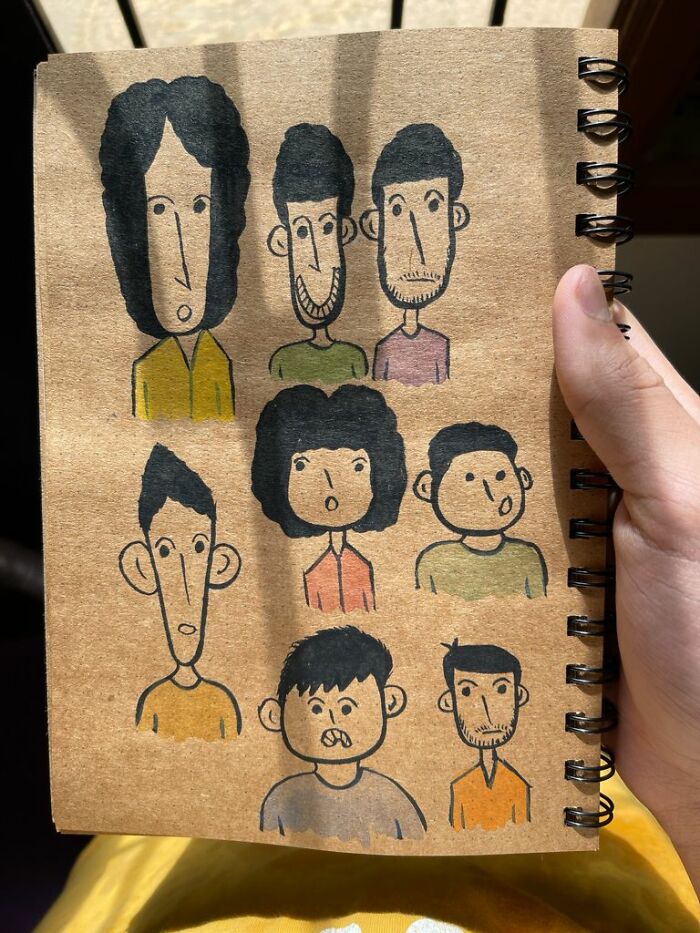
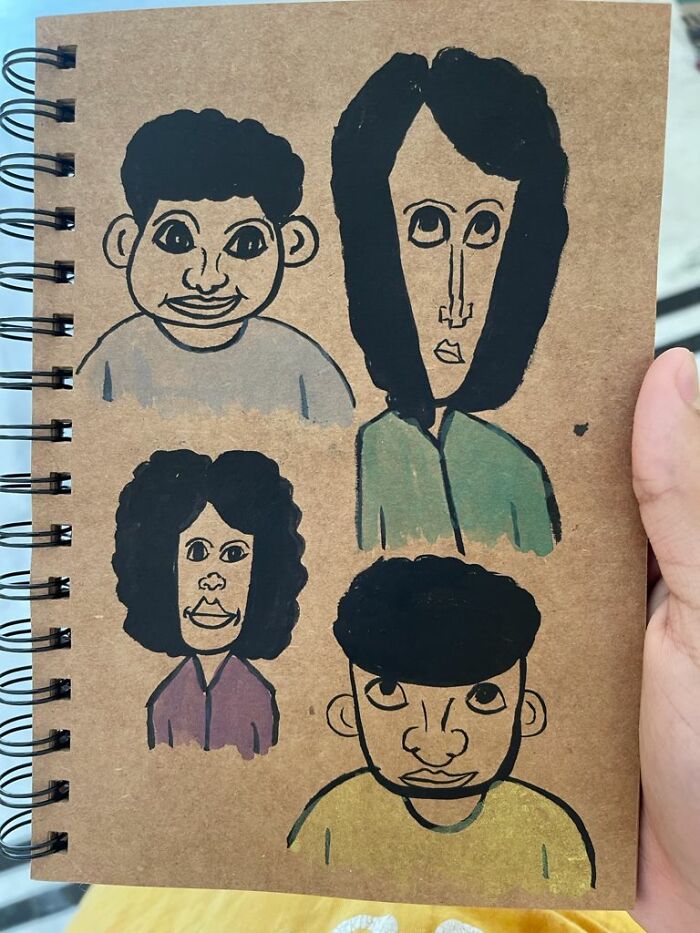
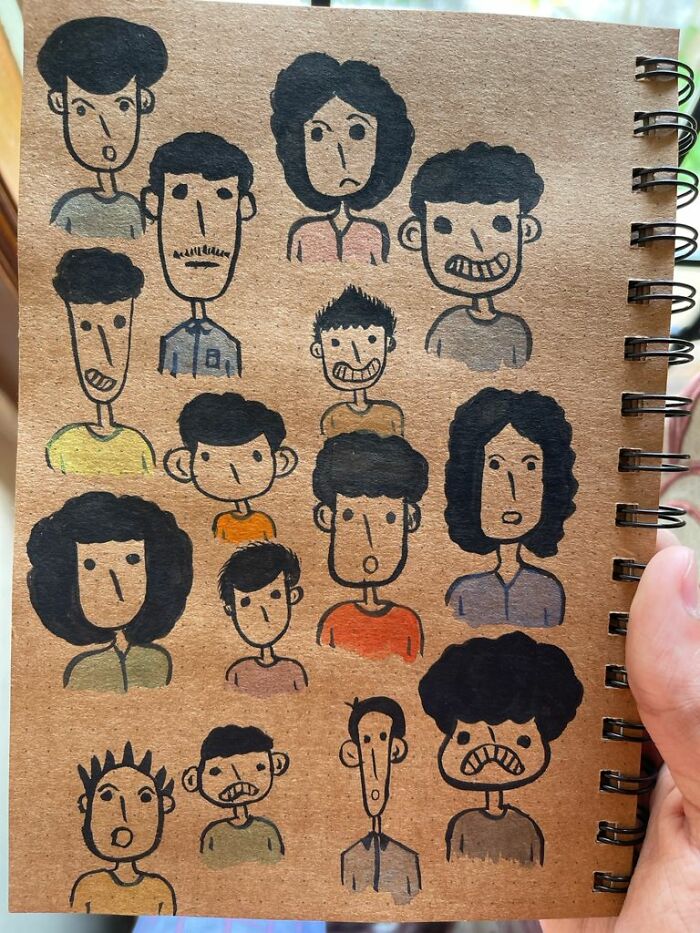









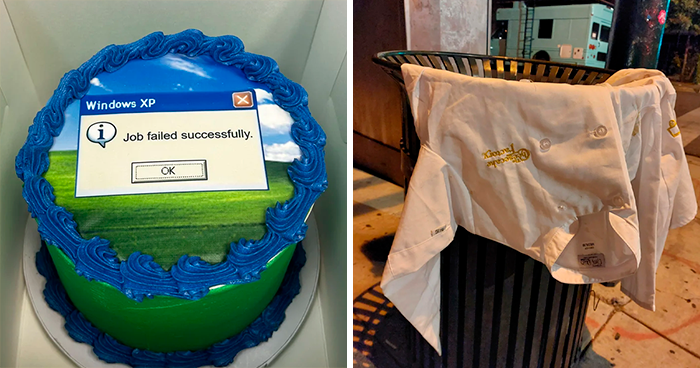



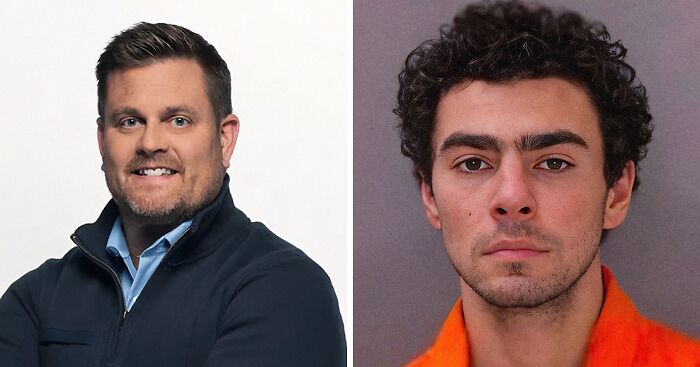


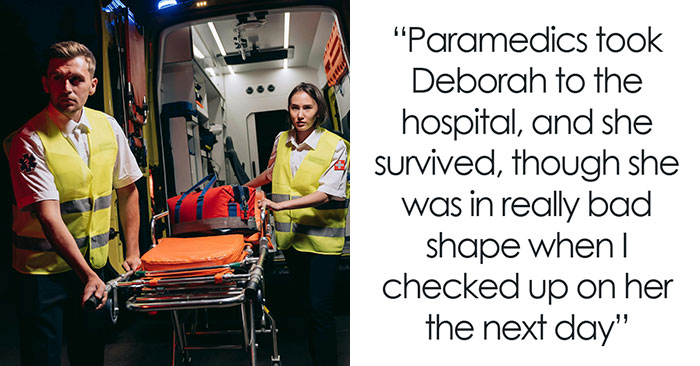
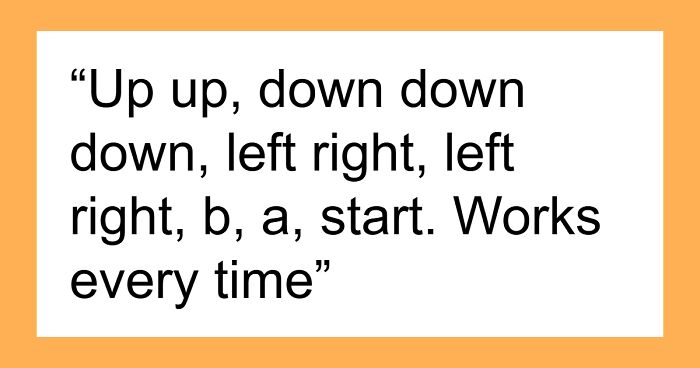





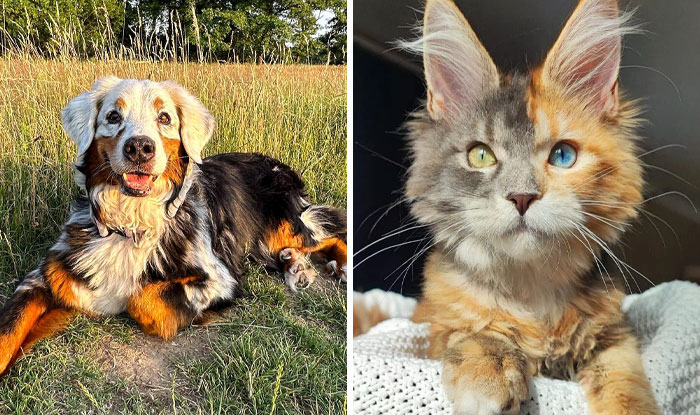
2
0